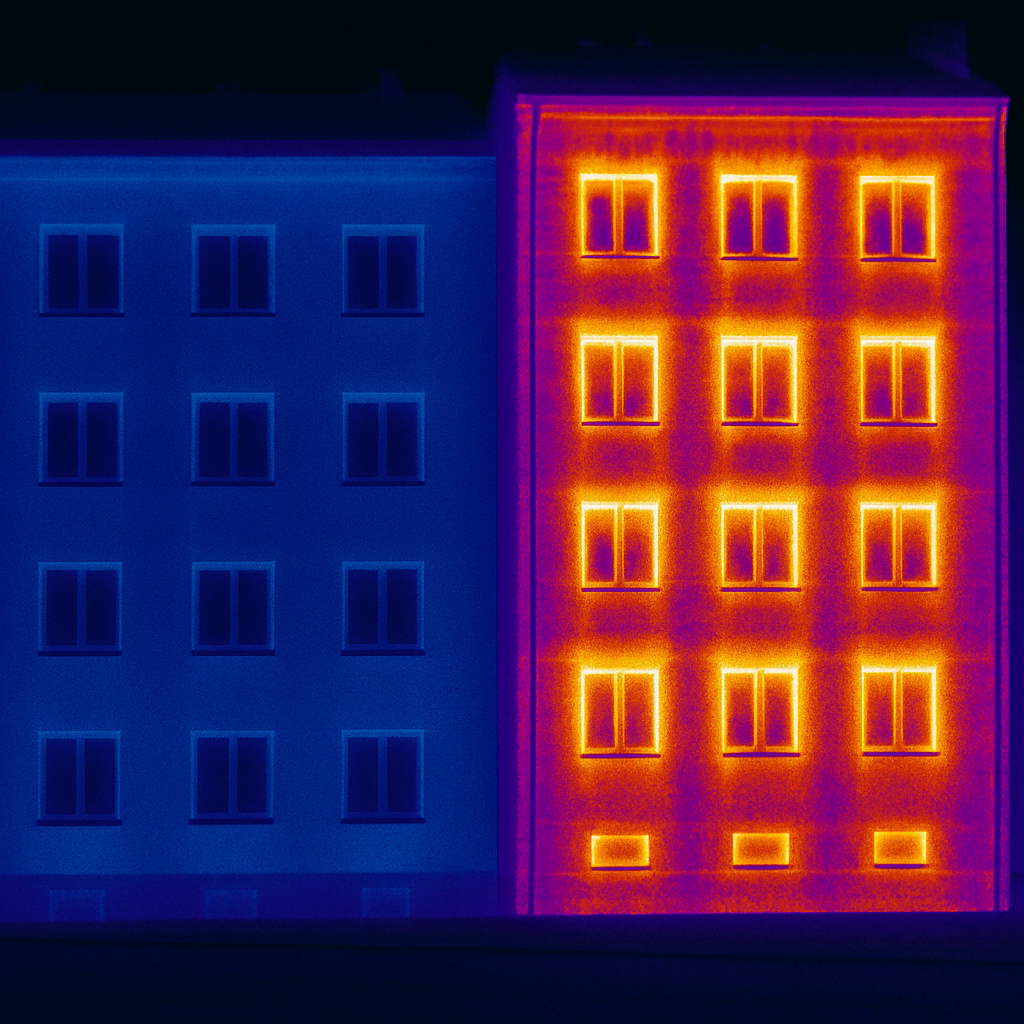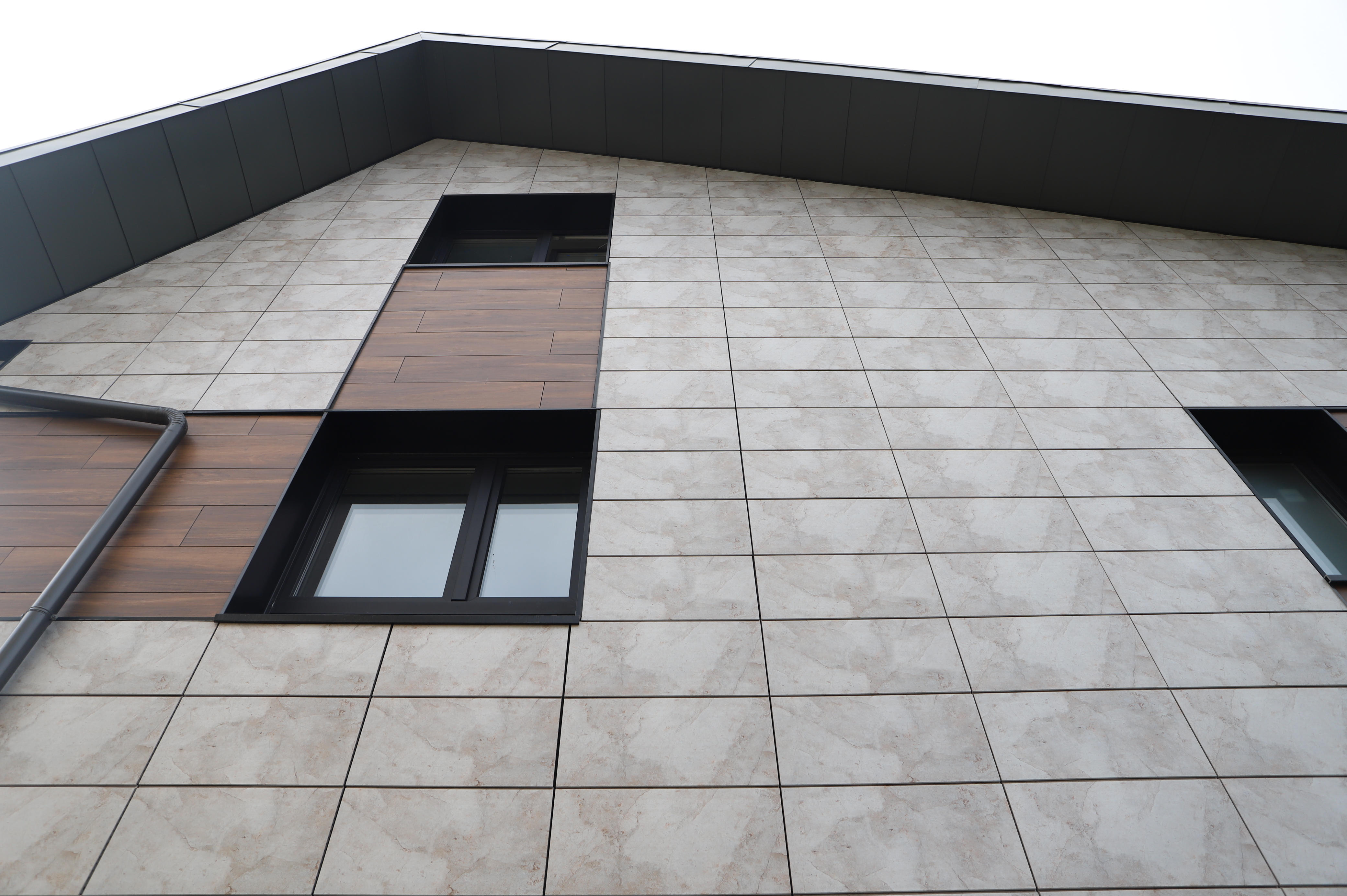
What does ceramic tongue and groove add to ventilated façades in humid areas?
Construction and renovation in humid areas present particular challenges, especially regarding the durability, maintenance, and energy efficiency of buildings. In this context, the use of ventilated façades with ceramic tongue-and-groove systems has become an extremely effective architectural solution. Let’s explore the advantages it offers to buildings in humid regions, the effects it achieves, and the types of ceramic pieces that incorporate this feature.
Ventilated façades in buildings in humid areas
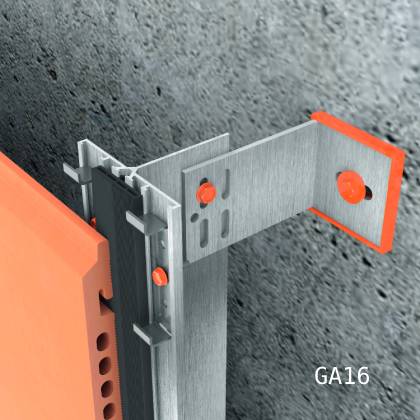
Ventilated façades are construction systems that create an air cavity between the exterior cladding and the building structure. This feature promotes natural ventilation, helping regulate temperature and thus improving the building’s energy efficiency and durability.
In humid areas, where condensation can cause significant problems, ventilated façades are especially advisable. However, a technical improvement adds further benefits to buildings in regions exposed to constant rain and environmental humidity.
What is ceramic tongue-and-groove?
Ceramic tongue-and-groove is a technical advancement characterized by the type of joint between ceramic tiles. It is based on a tongue-and-groove interlocking system that allows the tiles to fit together precisely and securely, creating a continuous, seamless surface. This system is particularly useful in ventilated façades, where structural integrity and resistance to water infiltration are crucial.
Technical effects of ceramic tongue-and-groove on the building
Ceramic tongue-and-groove is undoubtedly the most recommended system for humid areas. It produces three key effects on the building:
- Protection against water ingress through the horizontal joint. The open vertical joint is protected by EPDM, a synthetic rubber material used in the fastening systems.
- Correction of any dimensional tolerances in the tiles, as the long sides of the pieces are concealed.
- Ease of removing and replacing individual tiles.
- Adequate ventilation, as the overlapping system prevents water entry but still allows air to circulate through the cavity.


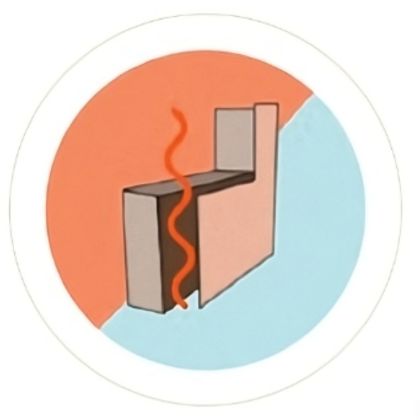

What does ceramic tongue-and-groove offer to façades in humid areas?
In addition to these effects, ceramic tongue-and-groove offers several interesting advantages, making it the perfect architectural solution for buildings in humid areas.
1. Water and moisture resistance with tongue-and-groove tiles
Ceramic tongue-and-groove provides an effective barrier against water infiltration. The joints between tiles prevent moisture penetration and protect the building’s internal structure. The arrangement of the joints allows airflow, enabling ventilation in the cavity and potential drying if any water enters. This feature also prevents mold and mildew formation, common in humid climates.
2. Ceramic durability and long lifespan of the cladding
Buildings using tongue-and-groove ceramic tiles are known for their extreme durability and resistance to corrosion. These façades can endure years of exposure to humidity without deteriorating. It’s important to remember that ceramic is an inert material that doesn’t degrade over time, ensuring lasting appearance and functionality.
3. Low maintenance of ventilated façades
Ventilated façades with ceramic tongue-and-groove require very little maintenance. Ceramic’s resistance to dirt and stains allows the cladding to retain its appearance with minimal effort. Additionally, individual tiles can be easily replaced in case of damage.
4. Aesthetic versatility and finishing with ceramic tongue-and-groove
Ceramic tiles are available in a wide range of colors, shapes, textures, and finishes, allowing architects and designers to create attractive and customized façades. The precision of the tongue-and-groove system ensures a clean, professional finish, enhancing the building’s aesthetic.

5. Energy efficiency in buildings with ventilated façades
The air cavity created by the ventilated façade improves thermal inertia and insulation in the building. This is especially important in humid areas where regulating indoor temperatures can be challenging. Continuous ventilation helps maintain a consistent temperature, reducing energy needs.
FAVEKER® GA16 Tile: The solution for humid areas
As a result of process innovation, FAVEKER® offers products such as GA16, a ceramic tile for thermal envelopes that stands out for its longitudinal tongue-and-groove system. This model is ideal for humid areas, as seen in the rehabilitation of the University of Cantabria building with GA16.

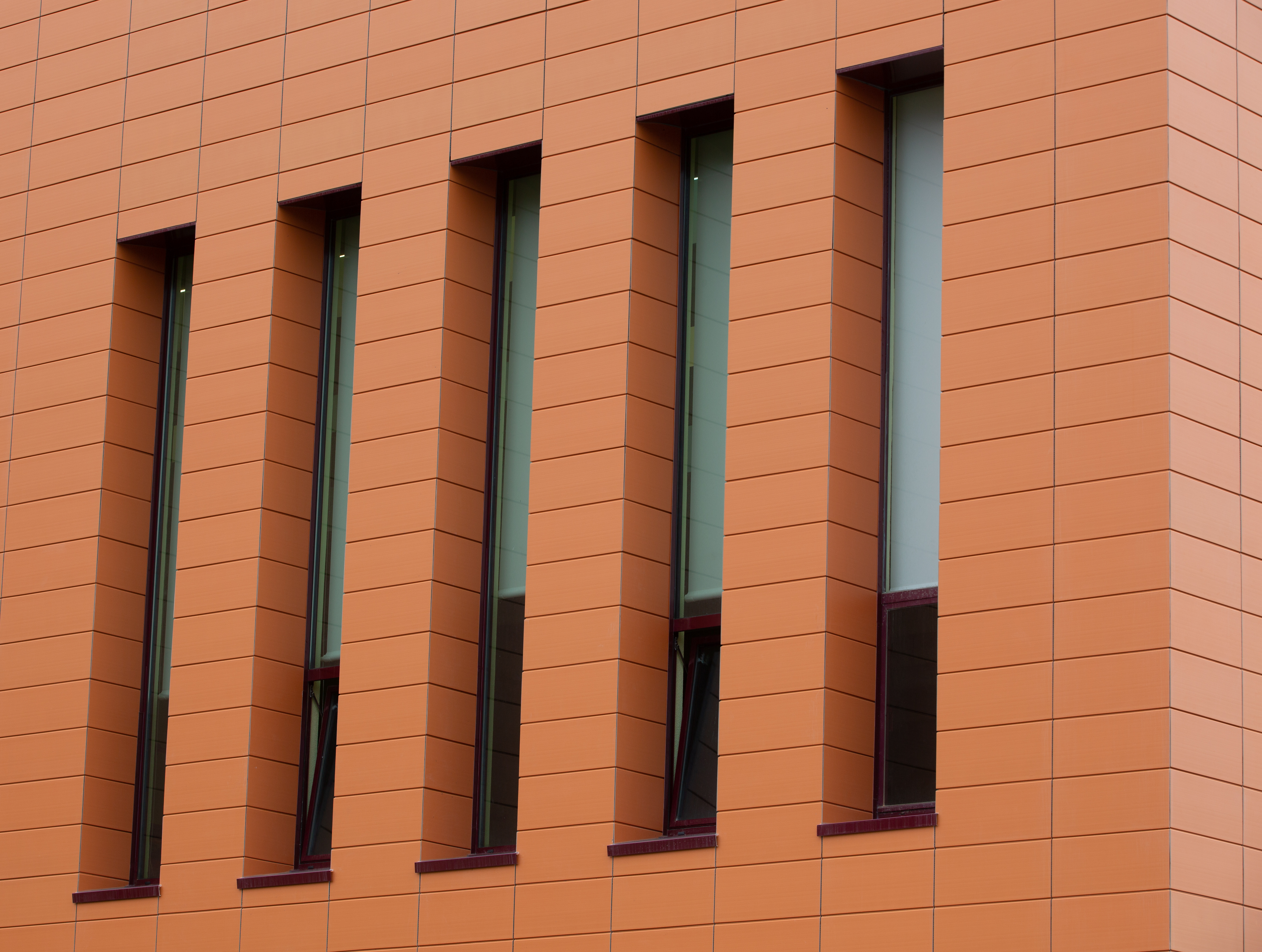
This ceramic tile is lightweight and accessible for maintenance, with an 18 mm thickness making it easy to install and transport. It allows for the straightforward placement and replacement of individual pieces. The fixing systems for tongue-and-groove ceramic tiles include FTS 502A, FTS 502B, and FTS 505, ensuring perfect overlap and secure attachment.

